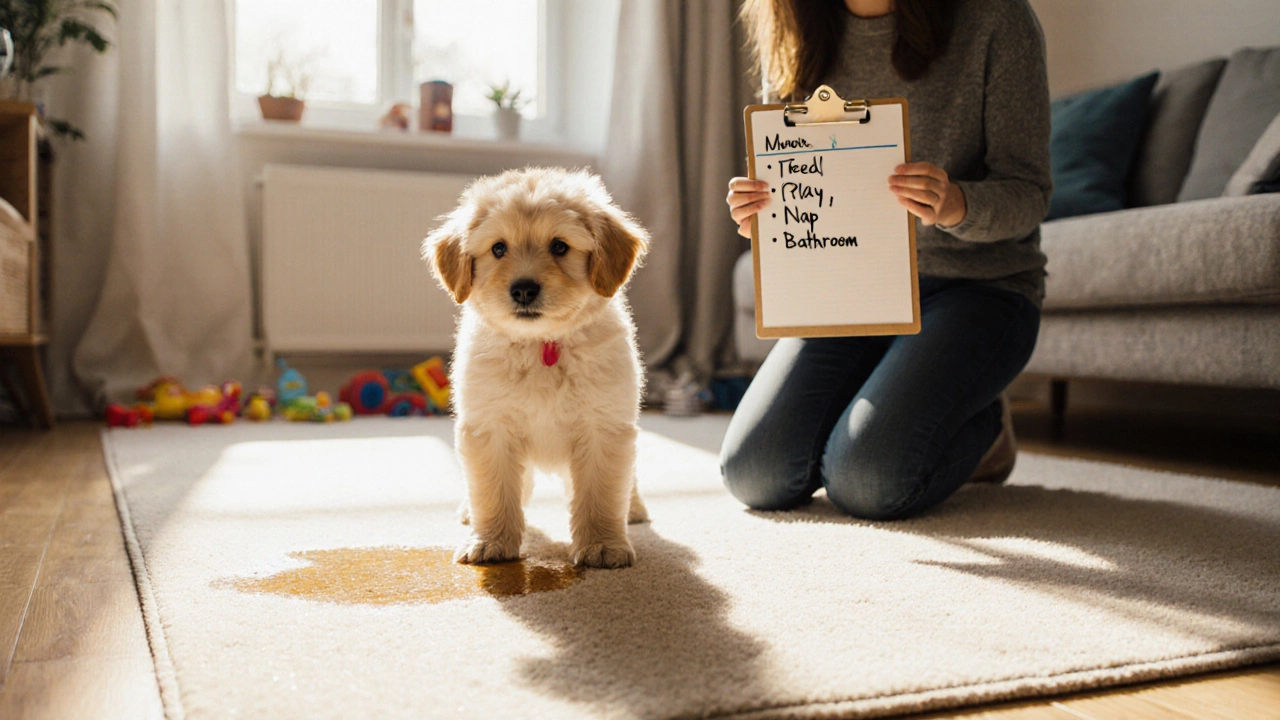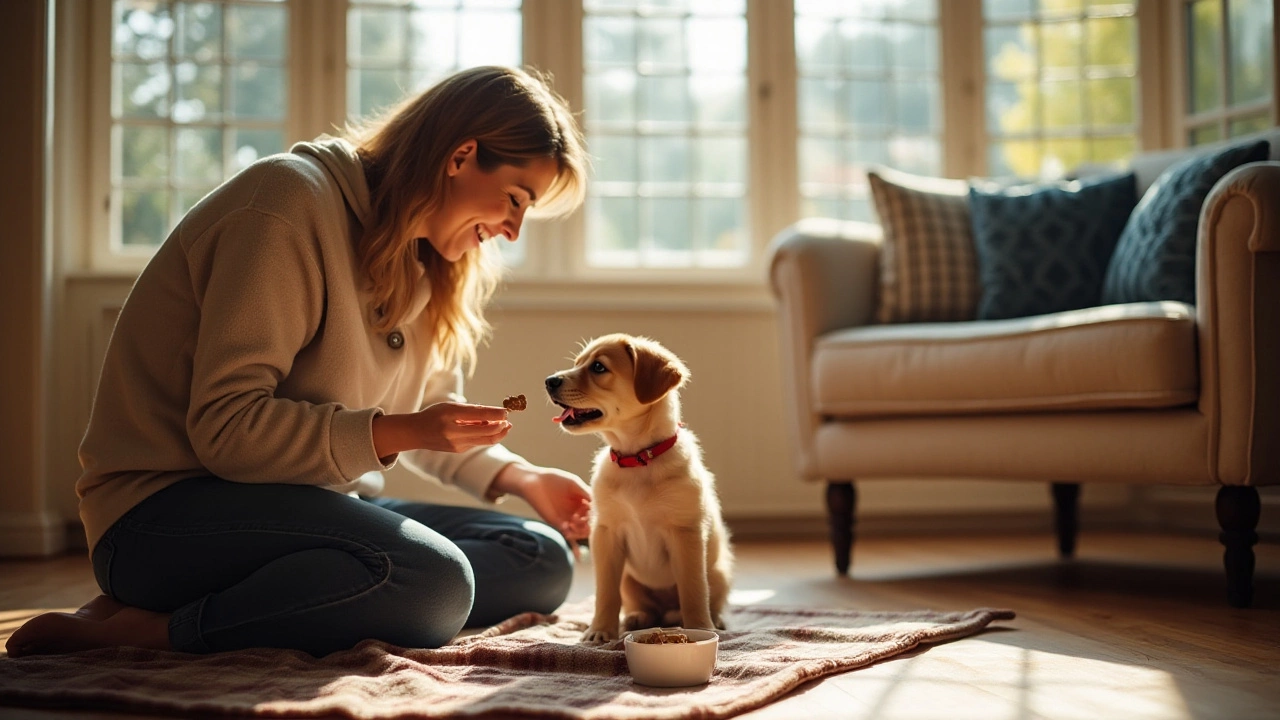Puppy Housebreaking Made Easy: Start Today
Got a new pup and tired of stepping in puddles? Housebreaking doesn’t have to be a mystery. With a clear routine, the right spot, and a few handy tools, you can teach your puppy where to go in just a few weeks.
Set Up the Right Schedule
The biggest secret is consistency. Puppies can’t hold it long, so take them out first thing in the morning, after meals, after play, and before bedtime. A good rule of thumb is every 1‑2 hours for a young puppy.
Pick a specific potty area outside – a patch of grass or a gravel spot works well. Bring a leash, give a cue word like “go potty,” and wait a minute or two. When they finish, celebrate with a quick, upbeat voice and a tiny treat. The treat links the action to the reward and speeds up learning.
If you can’t be outside, use a puppy pad or a indoor grass mat. Place it in the same spot every time. The smell will guide the puppy, but remember to move the pad gradually toward the door as they improve. That way they’ll start heading for the outdoors on their own.
Crate training is a powerful sidekick. Dogs don’t like soiling their sleeping area, so a crate that’s just big enough for the pup encourages them to hold it until you let them out. Never use the crate as punishment – it should feel safe and comfy.
Choose Helpful Supplies
At Nelson’s Equestrian and Pet Supplies we stock everything you need for a smooth housebreak. A sturdy crate, non‑slip potty pads, and a set of easy‑clean water bowls are basics. Look for pads with a high‑absorb layer and a scent that attracts puppies – those make the transition easier.
Cleaning accidents properly matters. Use an enzymatic cleaner; regular cleaners can leave a scent that draws the puppy back to the same spot. Spray, let it sit, then wipe dry. This removes the odor and stops repeat mistakes.
When you catch a puppy in the act indoors, stay calm. Gently interrupt, pick them up, and bring them straight to the outdoor spot. Do not scold – a harsh reaction can make them fearful of the potty area.
Track progress in a simple notebook or phone app. Write down each successful outing, the time, and any setbacks. Patterns emerge quickly, and you’ll know when the puppy is ready to increase the time between trips.
Remember, every pup learns at its own pace. Some go fast, others need extra patience. Keep the tone upbeat, reward the right behavior, and stay consistent. In a few weeks you’ll have a dry house and a happy puppy ready for the next adventure.
Stop Puppy Peeing Inside: Proven House‑breaking Tips
Learn step‑by‑step how to stop a puppy from peeing and pooping indoors with routines, crate training, pee pads, and clean‑up tips.
Effective Strategies for Housebreaking Your Puppy Quickly
Housebreaking a new puppy is a crucial step in integrating them into your home. It typically takes around 4 to 6 months, but with consistent effort and patience, it can be achieved sooner. This process depends on various factors including breed, age, and past experiences of the puppy. By following structured schedules and using positive reinforcement techniques, you can set up your pup for potty training success. Common challenges include accidents and stubborn habits, which can be mitigated with the right approach.

